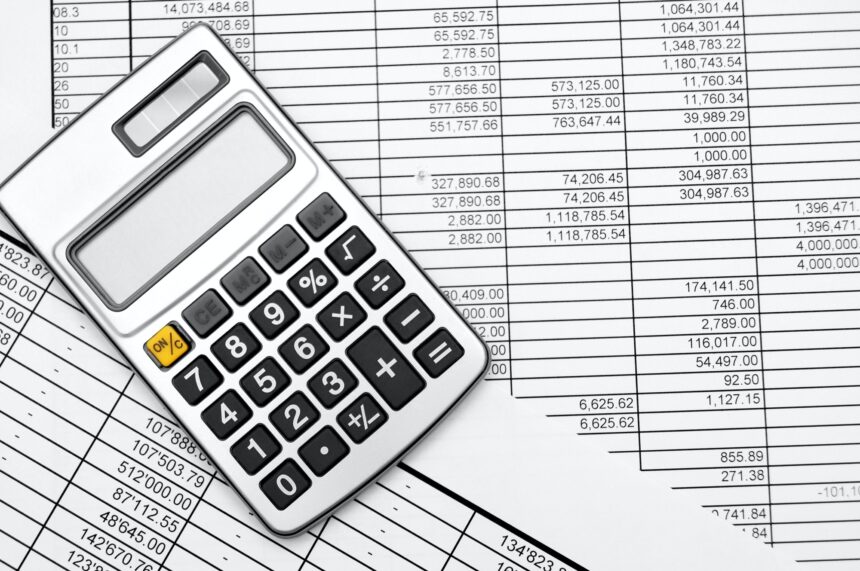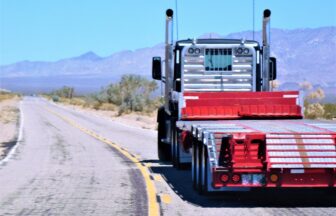Since the market for cross-border EC is large in China, many people are developing cross-border EC businesses in China in order to make a profit. However, China has various laws and taxes related to cross-border EC. Among these taxes, there is the value-added tax, which replaces Japan’s consumption tax.
In this section, we will explain China’s value-added tax, and discuss cautions when using cross-border EC and taxes other than China’s value-added tax.
目次
What is China’s value-added tax?

In China, there is a tax called value-added tax that replaces the consumption tax in Japan.
So what exactly is China’s value-added tax? Value-added tax refers to a tax on transactions of goods and services.
Goods are all kinds of goods, such as clothing and food. Services also refer to customer service such as transportation, postal services, hotels, and restaurants.
A Note on China’s Value Added Tax

Value-added tax is a closely related part of doing business in China. Therefore, it is necessary to understand what to be aware of in regards to China’s value-added tax.
There are five main points to note about China’s value-added tax.
- Tax rates vary depending on the subject of taxation.
- Issued when transacting goods and services
- Frequent checks of the law
- Understanding the Bonded Area Model
- Do not fail to submit documents
The above notes will now be explained in detail.
Tax rates vary depending on the subject of taxation.
China’s value-added tax is similar to Japan’s consumption tax. However, while Japan’s consumption tax is a flat rate of 10%, China’s value-added tax rate varies depending on the taxable item.
Therefore, it is necessary to understand the respective tax rates when doing business in China.
The tax rate on goods is mainly 16%. In contrast, the tax rate on services is mainly 6%. Keep this in mind if you plan to do business in China.
Issued when transacting goods and services
When conducting a transaction that involves money in China, you need to do a “発票” (発票). The process of issuing an invoice is similar to that of issuing a receipt in Japan. However, unlike when issuing receipts in Japan, there are many details to be included when performing inv oicing in China.
For example, the following information must be included if you perform the business of invoicing in China.
- base price
- Value Added Tax Amount
- Supplier Information
- trade (brand) name
- volume
If you do not include the above information, you will not be recognized as having performed the work of the invoice. Therefore, be sure to check the law in advance for the contents to be described.
So why do we need to do the work of invoicing? It is because without invoicing, you will not be able to take advantage of the purchase tax credit system for goods. The purchase tax credit refers to the amount of value-added tax that is deducted from the tax on purchases made in providing goods and services.
Therefore, the use of the purchase tax credit system can be of great benefit to companies.
Frequent checks of the law
The market for cross-border EC in China is very large. As a result, the Chinese government frequently enacts and revises laws related to cross -border EC.
The following are the laws that should be checked frequently.
- Electronic Commerce Law
- Internet Transaction Control Law
- Internet Information Service Management Measures Law
In particular, the Electronic Commerce Law of the People’s Republic of China (E-Commerce Law of the People’s Republic of China) is a new law that was implemented on January 1, 2019.
The E-Commerce Law is the comprehensive law for cross-border e-commerce in China. Therefore, it is impossible to develop a cross-border EC business in China without understanding the E-Commerce Law.
The E-Commerce Law also “protects” Chinese cross-border EC consumers. It is necessary to understand the E-Commerce Law in order to prevent conflicts with Chinese consumers.
Develop knowledge of the sales model
When developing a cross-border EC business, there are many taxes involved. However, did you know that China has a business model called the “bonded area model” in which customs duties and other taxes are not imposed at the time of importation?
The bonded area model refers to a business model in which goods are stored in a bonded area in China and shipped directly from the bonded area.
Advantages of the bonded area include the following
- Reduces the time from order to delivery of goods.
- Reduce costs by shipping goods in bulk from Japan
However, one disadvantage of the bonded area model is that it requires the cost of maintaining a warehouse in China. This means that the initial cost of the bonded area model is significant.
Because of the large initial cost, this method is used by many large Japanese companies with financial resources.
On the other hand, there is also the “direct shipment model,” which does not have a warehouse in China. In the direct shipment model, goods are shipped directly from Japan, resulting in higher transportation costs.
Therefore, this sales format is suited for companies that are developing small-scale cross-border EC businesses.
Do not fail to submit documents
In developing your cross-border EC business in China, you will be asked to submit more and more documents. If you fail to submit the documents, you will not be able to take advantage of the tax deduction system or use the cross-border EC platform in China.
In addition, the goods will not be delivered to the consumer until the necessary documentation is submitted at customs.If the product does not reach the consumer, the company loses credibility.
In addition, when signing a document, be sure to review the contents of the document before signing it. This is because signing a document means that you agree with the contents of the document.
Document management is an important task for any business. In particular, cross-border EC business is a form of business that crosses national borders, and a single incomplete document can lead to major problems, so it is important to manage your documents with the utmost care.
Taxes other than value-added tax that are highly relevant for cross-border e-commerce

In addition to value-added tax, various other taxes are involved in cross-border EC in China. Therefore, those who develop cross-border EC business in China need to be knowledgeable about taxes.
There are three main taxes that are highly relevant to cross-border EC businesses in China.
- postage
- EITF
- tariff (import tax)
The above taxes will now be explained in detail.
postage
The line post tax is a tax that is imposed when goods are imported by mail or other means for personal use.If the amount of the line post tax is 50 yuan or less, it is eligible for tax exemption.
The rate of the postage tax varies depending on the product. For example, the tax rate on books and food is 13%. For example, the tax rate on books and food is 13%, and the tax rate on cigarettes and alcohol is 50%.
The tax rate of the VAT varies greatly depending on the product. Please check the tax rate for the products you mainly sell before developing your business.
EITF
The DEC comprehensive tax refers to a tax imposed on those who are engaged in cross-border e-commerce business in China.By paying the integrated e-commerce tax, you can have the payment of other taxes, such as value-added tax and customs duties, reduced or waived.
However, there are various conditions that must be met in order to be eligible for the DFT, so before starting a business in China, please check to see if you are eligible for the DFT.
tariff (import tax)
A tariff is a tax imposed by the Chinese government on the importation of goods. Tariffs are taxes imposed to protect the goods of a country. As a result, tax rates vary widely from country to country for the same goods.
There are three main tariffs in China.
- ad valorem duty
- (taxation) a specific duty
- compound tax
Here is an introduction to each of these taxes.
ad valorem duty
A value-added tax is a tax that is applied to the price of a product.For example, if the price of the goods is 1000 yen and the customs duty is 10%, the customs duty will be 100 yen.
(taxation) a specific duty
A metered duty is a tax on the weight or area of goods.The metered tax applies mainly to products such as alcoholic beverages.
compound tax
A composite tax is a tariff in which the higher of a pay-as-you-go or pay-as-you-go tax is applied as a duty.In particular, the combined tax applies to goods such as silk and wool.
summary
So far, we have provided an overview of China’s value-added tax and detailed explanations of important points to keep in mind when developing cross-border e-commerce business in China, as well as important taxes other than value-added tax.
Understanding China’s value-added tax is easy since it is similar to Japan’s consumption tax. However, when doing business in China, it is necessary to understand the value-added tax and pay the value-added tax. Therefore, do not neglect to pay the value-added tax.
When developing a cross-border e-commerce business in China, it is also necessary to understand the various taxes. In particular, the e-commerce tax is the most important tax when developing a cross-border e-commerce business, so be sure to have a basic understanding of this tax.



















